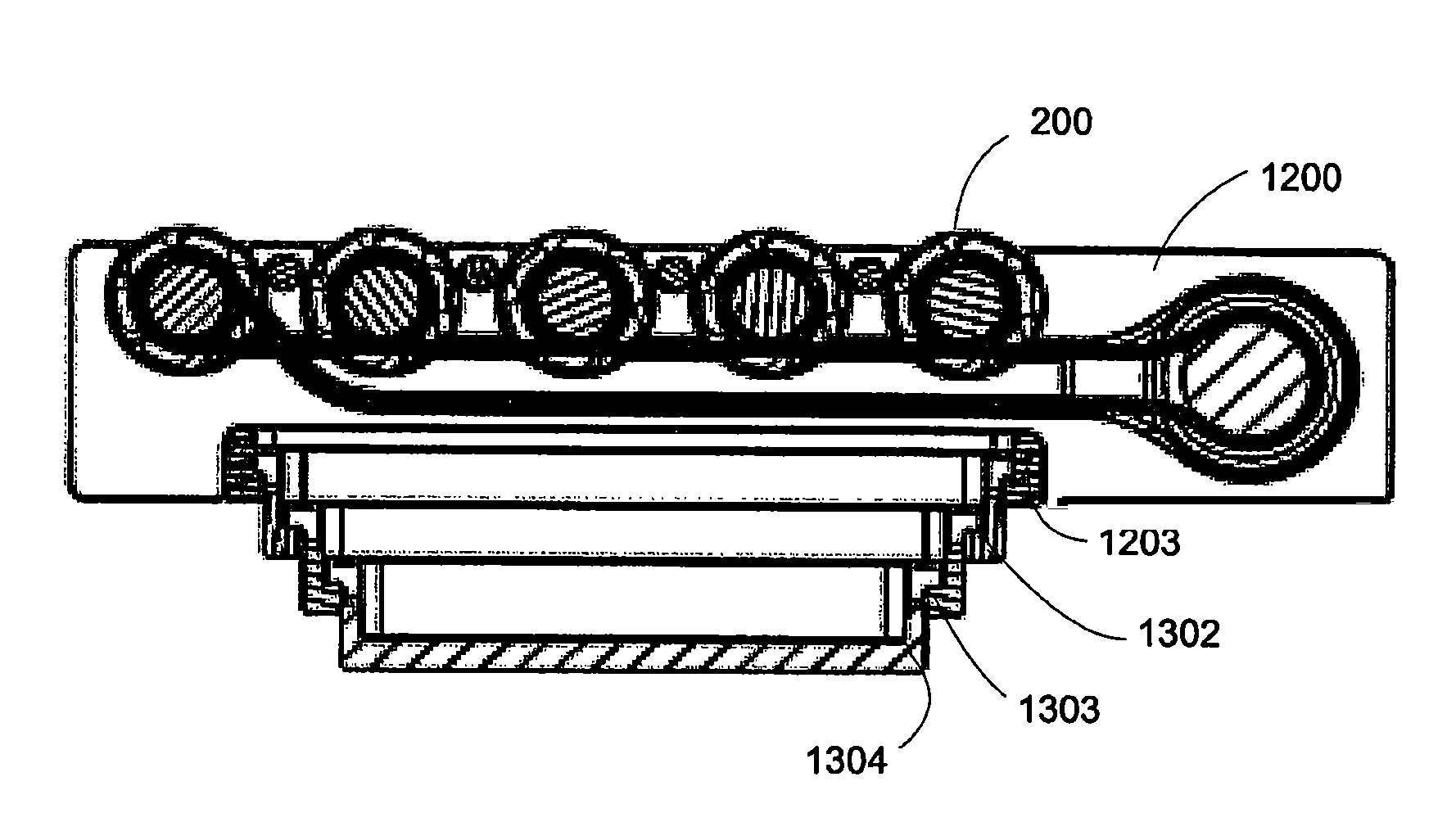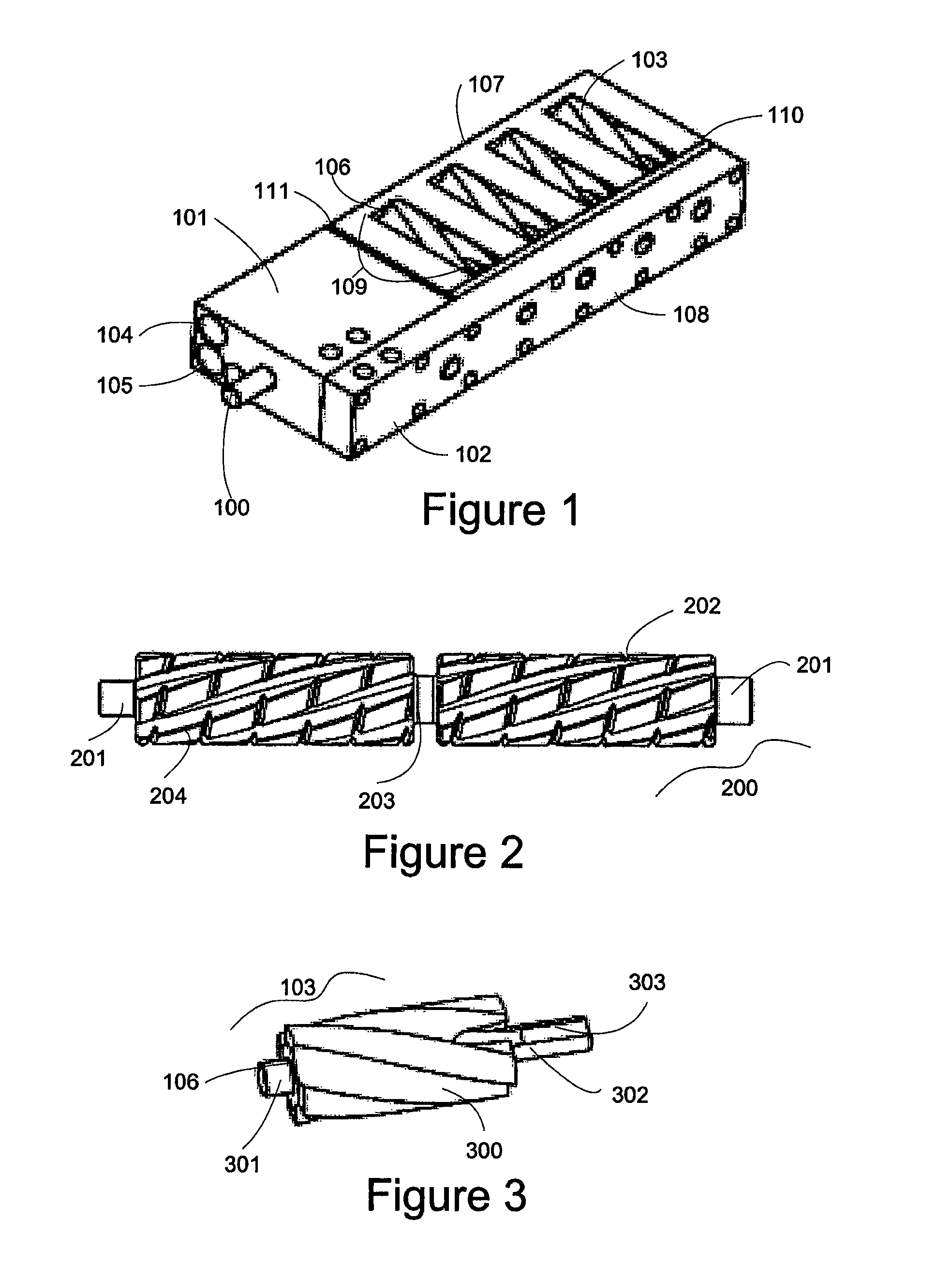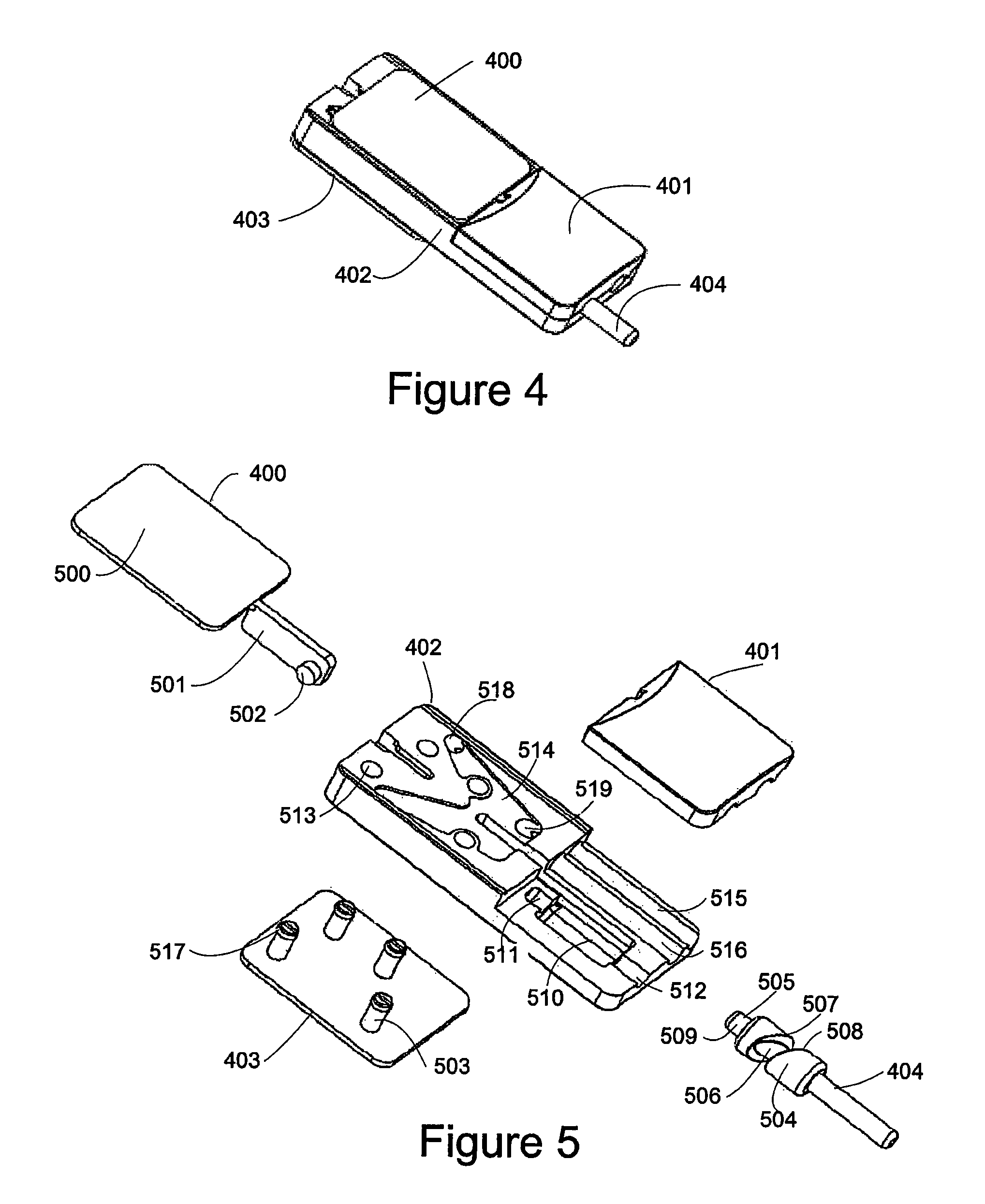Apparatus and method for sculpting the surface of a joint
a surface and joint technology, applied in the field of implants and instruments, can solve the problems of complex structure of the joint, difficulty in all joint replacement surgery, and extensive surgical exposur
- Summary
- Abstract
- Description
- Claims
- Application Information
AI Technical Summary
Benefits of technology
Problems solved by technology
Method used
Image
Examples
Embodiment Construction
[0096]Some embodiments of the invention include replacing the articulating surfaces of the knee with implants. Supporting information is included in current patents and patent applications, to include U.S. Pat. Nos. 6,482,209 and 6,723,102, herein incorporated by reference.
[0097]The present application includes disclosure of bone-sculpting tools for preparing the femoral condyles and trochlea. Sculpting instruments, sculpting instrumentation, sculpting devices, sculpting apparatus and bone-sculpting tools are interchangeable terms. It should be noted that tissue guided surgery and the sculpting device embodiments are applicable to other joints in the body, to include but not limited to the hip, shoulder, ankle; and motion segments of the spine, to include the disc and facet joints. The femoral cutter (sculpting devices) described herein include a shaver (as initially described in U.S. Pat. No. 6,428,209), a barrel cutter, a reciprocating cutter and a belt cutter. Various embodiments...
PUM
 Login to View More
Login to View More Abstract
Description
Claims
Application Information
 Login to View More
Login to View More - R&D
- Intellectual Property
- Life Sciences
- Materials
- Tech Scout
- Unparalleled Data Quality
- Higher Quality Content
- 60% Fewer Hallucinations
Browse by: Latest US Patents, China's latest patents, Technical Efficacy Thesaurus, Application Domain, Technology Topic, Popular Technical Reports.
© 2025 PatSnap. All rights reserved.Legal|Privacy policy|Modern Slavery Act Transparency Statement|Sitemap|About US| Contact US: help@patsnap.com



